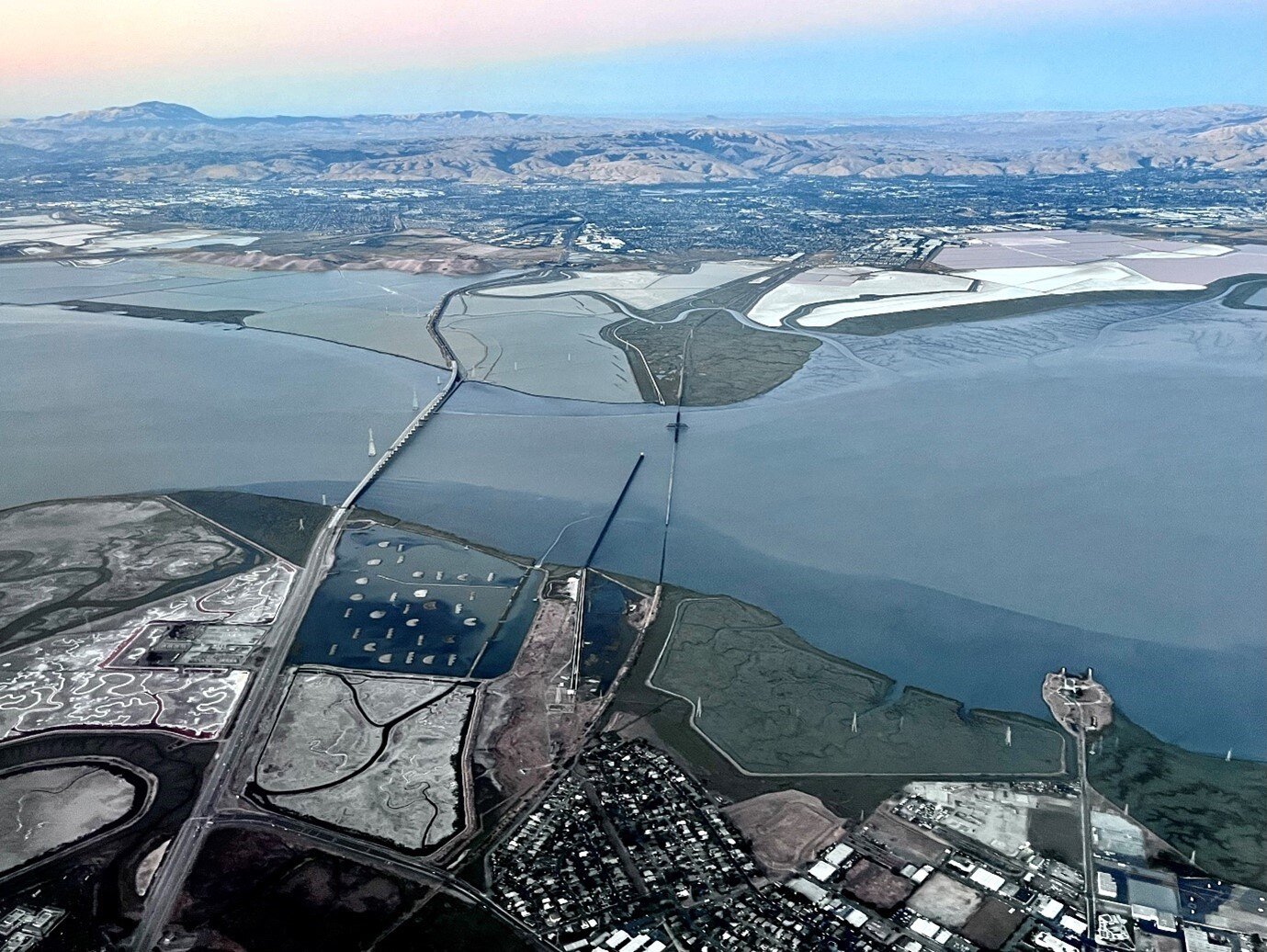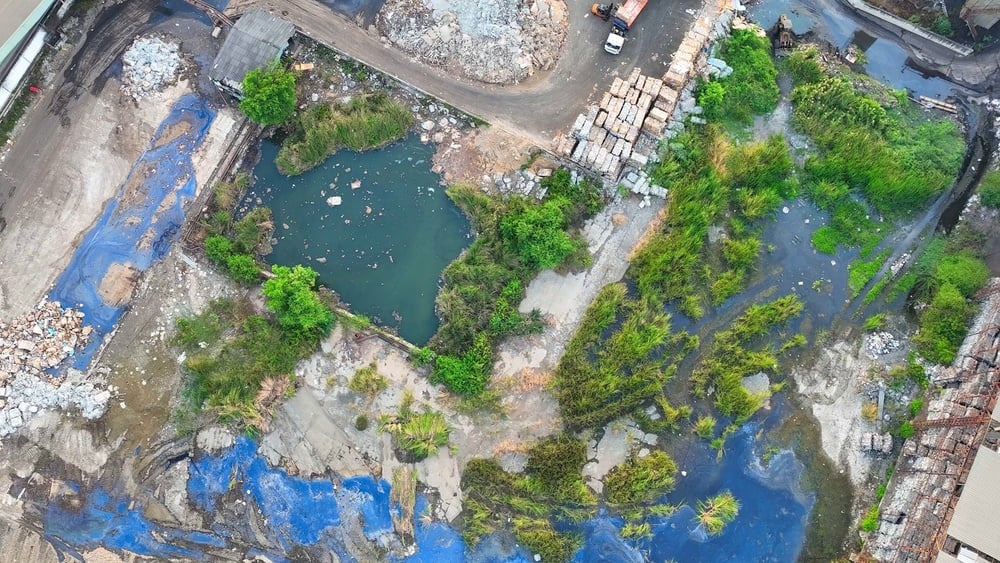As the COVID-19 pandemic headlines our daily newsfeeds and impacts day-to-day business operations, investors are trying to keep their deals afloat, if not progressing to closure. This can be a challenge, given travel limitations and restrictions on visitor access to various real estate properties ranging from residential to commercial and industrial settings, or the closure of some less essential government offices. In our world, this has greatly impacted traditional environmental due diligence practices, such as performing a Phase I Environmental Site Assessment (ESA).
One of the key messages to take aware from the barrage of news reports on the crisis is that this will end, and we will all return to some semblance of normal life. Towards that end, we have been working with our clients to develop creative solutions for conducting and completing environmental due diligence so that environmental matters do not become gating issues once the investment cycle begins to recover. Below are some strategies to conduct environmental due diligence while under stay-at-home orders and when managing around business disruptions.
Approaching the Site Visit
One critical component of the environmental due diligence process is the site inspection itself. However, physically getting boots on the ground and visiting a property or facility has become more challenging, especially in major metropolitan areas and those under shelter-in-place or equivalent orders. While more remote areas may currently have less stay-at-home restrictions in place, many manufacturing companies have instituted policies limiting access to their facilities only to employees and critical contractors (e.g., electricians, urgent maintenance personnel). As such, flexibility and ingenuity are needed in attempting to coordinate site inspections for at least the next couple of months.
Determining when and how a site visit would occur must be evaluated on a case-by-case basis, as various properties and operations present different challenges with respect to COVID-19. Our approach focuses on completing as much work as possible ahead of time, so that time on site is limited only to inspection activities. For example, conducting online research and doing the interview portion(s) of the environmental due diligence process can be done via telephone or video conference. This will ensure that our inspector has as much knowledge as possible ahead of time so that visits are efficient and in-person conversations are minimized to keep the recommended 6-foot distance from site personnel. Lately we have coordinated many of our visits to be outside of normal business hours (e.g., evenings or weekends) when there will be less building occupants. In instances where production equipment is not operating, we rely on other methods for evaluating risk associated with such equipment (e.g., videos of operations taken by facility personnel).
We are also updating each project-specific Health and Safety Plan (HSP) to include procedures for minimizing exposure to the virus or potentially infected personnel in accordance with the Center for Disease Control (CDC) guidelines. For example, our HSPs now include provisions for following recommended social distancing, hand-washing, respiratory etiquette, and when and if additional personal protective equipment (PPE) related to COVID-19 concerns might be necessary.
Alternative Environmental Due Diligence Services
On occasion, in-person site visits are not possible due to governmental orders or company-issued policies. In those instances, we have worked with clients to conduct several alternative environmental due diligence services that can still provide a good measure of the relative risk related to the property or investment. Depending on the nature of the transaction, these can be used in place of standard environmental diligence in certain situations. For example, at a lower risk property wherein the purchase agreement can be structured to allow for a post-diligence window when a visit can be conducted at a later date. Or, it’s possible that such alternative services may be sufficient enough to frame the relevant risks to allow the transaction to move forward without a site visit.
Some of these alternative options include:
Environmental Desktop Review – This type of assessment uses “desktop‐based” resources such as online federal, state, and local environmental databases coupled with phone interviews with key facility personnel to identify potential or known environmental risks associated with the subject property. Privately maintained environmental databases are then used to further evaluate identified risks. Desktop reviews are typically best completed during the early stage of the assessment process and can be used to screen and prioritize environmental risks. Lower risks can be quantified as such, and potential investors can focus on more significant risks, if any are identified.
Historical Reviews – Often environmental liabilities associated with a subject property are related to past activities. In cases where these liabilities are already known and have been studied and delineated through past subsurface investigations or remediation efforts, environmental risks can be assessed through a second-opinion review of the past reports. This review includes a gap analysis for the completeness of the scope of work; sufficiency of laboratory analyses for potential contaminants of concern; and appropriateness of the methodologies used to analyze data and model contaminant plumes and/or receptor exposure pathways. From there, we analyze the risk associated with these gaps and provide advice on anticipated future costs or potential technological upgrades to remediation systems currently in use.
Alternatively, in situations where no past investigations have been conducted, we use online historical sources to identify past uses of the subject property that could potentially represent as-yet-undiscovered environmental liabilities related to past operations. We consider the nature of previous industries operating at the subject property, as well as the timeframe in which these operations were conducted, and compare them to historical industry norms related to chemical use and disposal. Using professional judgment and experience, we can then develop of picture of potential risks in the context of the current transaction.
Remote Limited Compliance Reviews – Understanding whether EHS matters are being managed appropriately and in compliance with regulatory requirements is critical to business planning for new investors. Typically, this is performed onsite through inspection, interviews, and review of site files. However, in situations where onsite work is not possible, this can be performed at a high-level through telephone or video-conference interviews, review of scanned and uploaded files, and review of online databases. This information is then examined to identify and evaluate gaps related to EHS permitting, reporting, and in-house EHS management in order to create an action plan to close out such gaps once the transaction closes.
Opinion of Cost – Following the desktop-based or remote services detailed above, we can then develop an opinion of cost for these risks, which is conducted using ASTM estimation methods. Later in the transaction process, as applicable and/or allowable given the situation at the time, further assessment can be conducted (e.g., Phase I ESA or if necessary a Phase II investigation).
Marching On
We’ve found that clients are still moving forward with execution of diligence activities, albeit now with somewhat less traditional methods. While virtual meetings, online data rooms, and publicly available information were ever-present before, they are now taking a front seat to other, more standard approaches to diligence while we wait for (relatively) normal business operations to resume. With the new approaches, various parties to transactions – sellers, buyers, lenders, and advisors – are in turn adjusting their own expectations. Whether these approaches will become the new standard of care has yet to be seen, but for now in these unprecedented times, environmental due diligence is still happening, just in a fresh and unconventional way.




